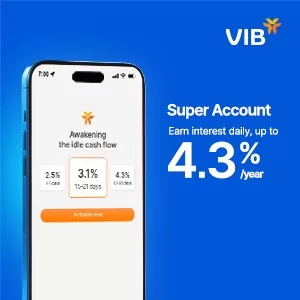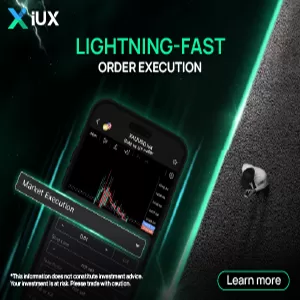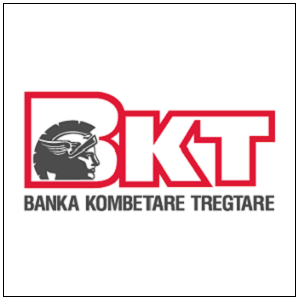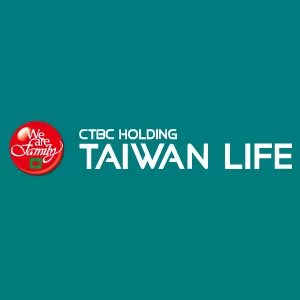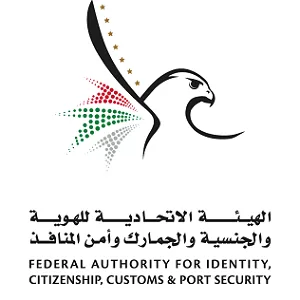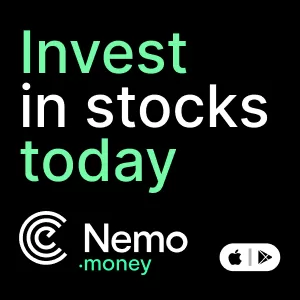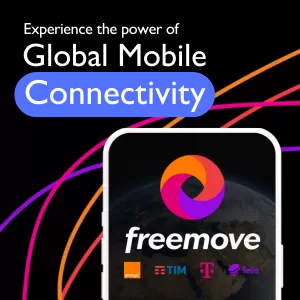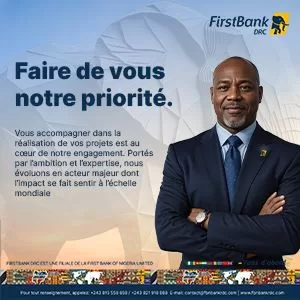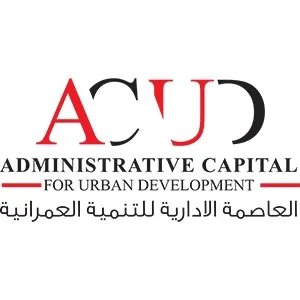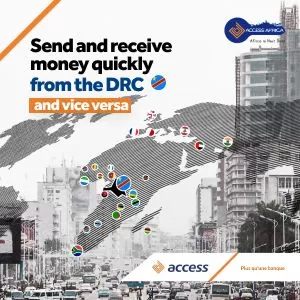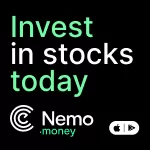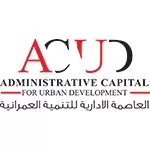Finance
PayPal World Brings Cross-Border Wallet Interoperability to Billions
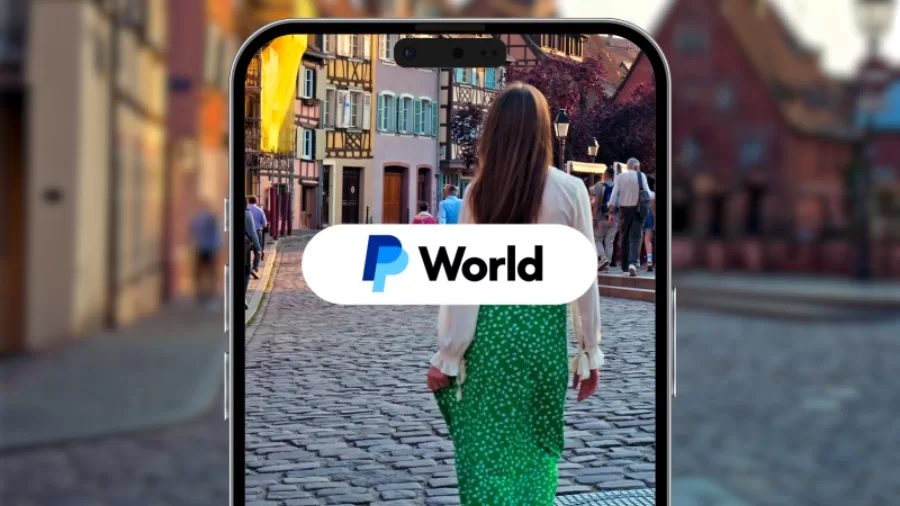
- Under the name “PayPal World”, PayPal is planning to connect the UPI system in India, WeChat Pay via Tenpay Global in China, and Mercado Pago in Latin America into one global-scale payment experience.
- This will almost certainly set in motion the move toward reshaping how businesses and people interact across borders and will initiate treatment concerning compliance, access, and scale.
PayPal’s announcement of PayPal World marks one of the company’s most ambitious product launches in years, aiming to bridge national payment ecosystems without forcing users to abandon the platforms they already trust.
Instead of requiring users to create a PayPal account or rely on international card networks, PayPal World lets people use familiar local wallets—such as India’s UPI, China’s Weixin/WeChat Pay (via Tenpay Global), and Latin America’s Mercado Pago—to transact across borders. The integration is designed for both business and peer-to-peer payments, offering near real-time transfers and built-in identity verification tools.
PayPal stated that the initial rollout will allow customers in India and China to make payments to merchants abroad via their native wallets by late 2025, followed by broader expansion into Latin America as agreements with Mercado Pago are finalised.
Scale and Demand: The Numbers Behind the Vision
The size of the opportunity is enormous:
- The Unified Payments Interface (UPI) of India recorded 18.39+ billion transactions valued at ₹24.04 trillion (around USD 288.5 billion) in June 2025 (NPCI data, June 2025).
- Weixin Pay, within the ecosystem of financial services of the house of Tencent, controls a vast chunk of the Chinese market for mobile payments.
- With 58.3 billion USD reported in total payment volume across 8 countries in Q1 2025, Mercado Pago is one of the biggest payment processors in the region.
Since these ecosystems provide the backbone for nearly two billion wallet users across PayPal World, most of whom could not use these avenues for the cross-border e-commerce trades of their interest, the potential standing to be unlocked is vast.
What Works – And Why It Matters
Advantages for Users:
- No need for a PayPal account or credit card: Pay using UPI or Weixin Pay and access international goods or services seamlessly.
- Real-time currency conversion: PayPal handles the conversion layer, giving transparency into exchange rates.
- Mobile-first experience: Users stay within their preferred wallet environments.
- No need to manage multiple apps or logins.
Advantages for Merchants:
- Tap into emerging markets like India and China with minimal integration changes.
- Lower cart abandonment rates from international buyers.
- Automatic onboarding into PayPal’s expanded wallet ecosystem without geographic restrictions.
What to Watch: Trade-offs and Challenges
Despite its scope, PayPal World introduces new complexities.
Disadvantages or Risks:
- Regulatory risk: While PayPal has secured agreements with national operators like NPCI (India) and Tenpay (China), shifting data or currency across jurisdictions always carries scrutiny.
- FX margin transparency: Although PayPal converts currency in real-time, users may not always get mid-market rates.
- Dependence on local partnerships: Should those partnerships falter (e.g., due to policy shifts or compliance issues), service reliability may degrade.
- Merchant readiness: Brands may need to adapt checkout flows, pricing formats, and customer service to accommodate wallet-specific nuances.
Future Outlook and Roadmap
PayPal says its roadmap for PayPal World includes:
- Full wallet support for outbound payments from India (via UPI) and China (via Weixin Pay and Tenpay Global) in Q4 2025.
- Peer-to-peer (P2P) and offline wallet-to-wallet transactions by 2026, including the expansion of Venmo functionality.
- A broader partnership rollout in Latin America as the Mercado Pago MoU progresses into commercial implementation.
If successful, this evolution could enable PayPal to re-establish itself not just as a Western payments brand but as a globally embedded infrastructure layer, especially where cards are rare or culturally irrelevant.
A Closer Look at Market Dynamics
India’s Wallet Users: According to the Reserve Bank of India and NPCI data, over 300 million individuals in India actively use UPI. UPI transactions in June 2025 grew 32% year-on-year, while value grew 20% year-on-year.
China’s Mobile Payments: Weixin Pay (Tencent) is one of the dominant players in the Chinese mobile payments space, with QR code usage remaining ubiquitous across urban and rural areas.
Latin America’s Growth Curve: Mercado Pago, with strong adoption in Brazil, Mexico and Argentina, reported USD 58.3 billion in Q1 2025 TPV. Internal projections suggest a significant increase by 2026, but exact figures remain unconfirmed.
Should You Adopt It?
For consumers:
- Do you regularly shop from foreign merchants but face payment friction?
- Would you prefer to pay with local apps rather than add international cards?
For merchants:
- Do you receive traffic from Asia or Latin America but see poor conversions?
- Is your checkout experience optimised for mobile-first users from these regions?
If the answer is yes, integrating PayPal World’s APIs could lower friction and unlock new customer segments. Still, transparency and monitoring will be key to ensure fair conversion rates and compliance alignment.
Final Thoughts
PayPal World introduces a major step toward real global wallet interoperability. It simplifies payment logistics while extending access to billions of previously disconnected users. Yet, for all its promise, success depends not just on API integrations but on how responsibly and transparently PayPal manages data, money movement, and merchant relations across dozens of regulatory zones.
It’s a big leap—but not without conditions.







